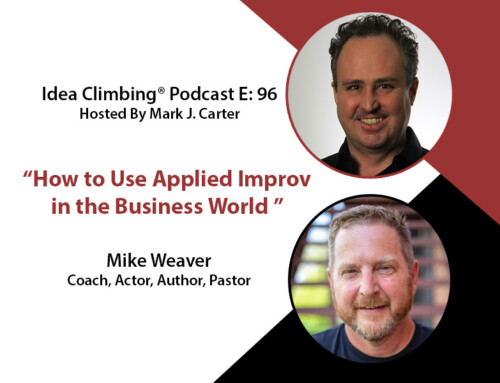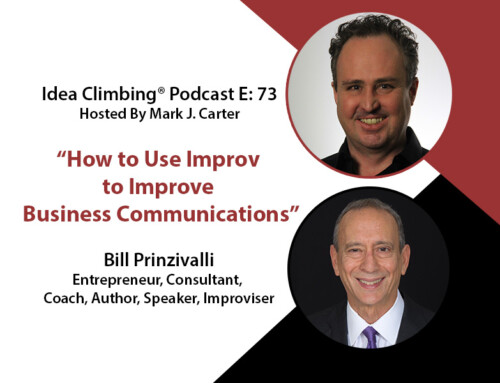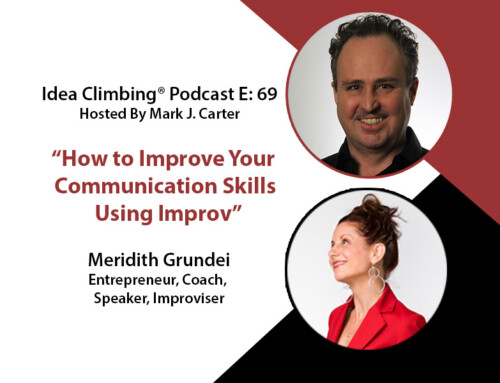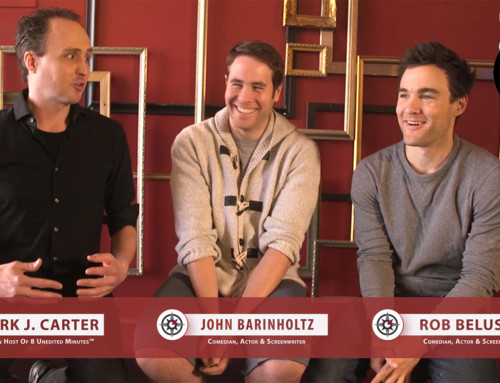The improv and business worlds have a LOT more crossover than many people realize; improv is a LOT more than just “being funny”. The hook is understanding WHY those worlds should and do collide and HOW you can utilize improv in your everyday business life (and have some fun along the way…). To accomplish this the connection between the two worlds needs to be clearly explained. For now, let’s take a look at one of the most famous rules of improv and how you can start applying it at your next networking event or meeting…
USING IMPROV TO BE THE BEST CONVERSATIONALIST IN THE ROOM
The most famous tenet of improv is the “Yes, And…” rule. When you’re on the improv stage you accept any suggestion your partner gives you and then you build on that. For example: Two improvisers walk out and one leads with “Son, your school work has been horrible lately”. The second person could respond with “I know it has, my teacher pays attention to everyone in the class but me…” (KEY POINT: The “Yes, and…” is not always literally saying those words, it’s just saying “YES, I accept your idea AND here’s something to build that story with” (which improv players call a “gift”). Then the other person is off and running with something like “I knew your teacher didn’t like you, the last time I talked to her…” and the scene builds in front of your eyes.
What does this mean for you in the business networking world?
AT YOUR NEXT NETWORKING EVENT…
You won’t meet someone at a networking event that comes out of nowhere and decides to address you as their child. You will meet people at networking events that tell you what they do, bring up something that happened to them recently or talk about their day at work. MOST people use this as a chance to… start talking about themselves. That’s the wrong kind of “Yes, And” (You tell someone something about yourself and they reply with “Yes, and… me me me me me”). UGH. The RIGHT kind of “Yes, And…” is to listen to what they say, acknowledge what they said and give them the gift of continuing their story.
An example of the RIGHT way to do this is: Someone tells you “I work at acme and sell widgets; we work with high tech firms”. Then to keep their story going, you say something like “That sounds interesting, I haven’t worked with widgets before myself and they seem really interesting.” This is: YES (that sounds interesting) AND (“I haven’t worked with widgets before myself and they seem really interesting.” Which is the gift of the opportunity for them to tell you more).
Give it a shot. This exercise will probably make you the most popular person in the room. Why? Everybody’s favorite topic to talk about is… Themselves. If you want to have more impactful, fun and meaningful conversations let the other person tell you about them FIRST. Help them build a story for you. Then, when you talk you explain what you do through stories that directly relate to what they just told you. That’s a great dialogue between two people; that’s instant and real rapport.
Who will YOU create an engaging conversation with this week?





